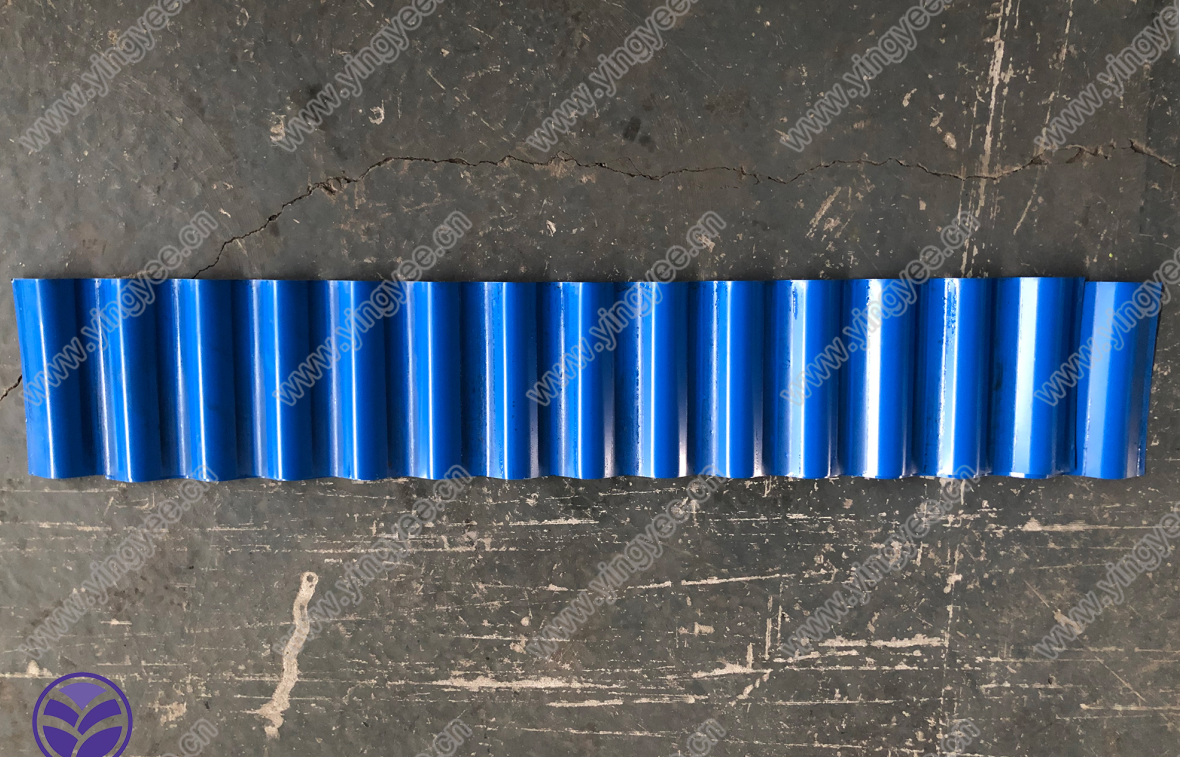
The Evolution and Impact of Iron Sheet Making Machines
The iron sheet making machine plays a crucial role in the manufacturing industry, particularly in the production of metallic sheets that are fundamental to a wide array of applications, from construction to automotive manufacturing. This article explores the evolution of these machines, their operational principles, and their significant impact on various sectors.
Historical Overview
The journey of iron sheet making machines began with rudimentary forging techniques in ancient times, where iron was hammered into thin sheets by skilled blacksmiths. As industrialization took root in the 18th and 19th centuries, the need for more efficient and scalable production methods became evident. This led to significant innovations in machinery, paving the way for the first iron sheet making machines, which were steam-powered and required considerable manual labor.
With the advent of electrical power in the late 19th century, iron sheet manufacturing underwent a transformation. Machines became more automated, reducing labor costs and increasing production rates. The introduction of metal rolling mills enabled manufacturers to produce large quantities of iron sheets with uniform thickness, redirecting the craft of ironworking into a more precision-based industry.
Operational Principles
Modern iron sheet making machines operate using advanced technology that enhances efficiency and product quality
. Typically, the process begins with the input of raw materials, often in the form of iron or steel coils. The machine then utilizes a series of rollers that gradually flatten and shape the metal into sheets of specified thickness.The primary steps can be summarized as follows

1. Coil Preparation Raw steel or iron is fed into the machine in coil form. The coils are unwound and positioned for processing. 2. Rolling Process The metal coils pass through a series of rollers. Each set of rollers reduces the thickness of the metal gradually, which can also be tailored for particular applications, whether it be for roofing, manufacturing, or packaging.
3. Cutting and Finishing Once the desired thickness is achieved, the sheets are cut to length using high-speed shearing machines. Finishing processes may also involve galvanizing or coating the sheets to enhance corrosion resistance and aesthetic appeal.
4. Quality Control Advanced sensors and systems are integrated to monitor the production process, ensuring that the sheets meet the required specifications. Any defects are flagged and addressed in real-time.
Economic and Environmental Impact
The efficiency brought forth by iron sheet making machines has significant economic implications. By reducing production times and labor costs, manufacturers can offer competitive pricing, which is crucial in a global market. Additionally, these machines have enabled the mass production of iron sheets, meeting high demands from industries such as construction and automotive sectors.
However, it is essential to recognize the environmental challenges associated with iron sheet production. The process can generate pollutants and waste, necessitating the implementation of sustainable practices. Many manufacturers are now focusing on using recycled materials and adopting practices that minimize their carbon footprint. Energy-efficient machinery is also becoming a focal point, helping to reduce reliance on fossil fuels and lower greenhouse gas emissions.
Conclusion
The iron sheet making machine is a vital component of modern manufacturing processes. Its evolution from manual labor to sophisticated automated systems reflects broader technological advancements and economic needs. As industries continue to demand higher efficiency and sustainability, these machines will play an increasingly important role, not just in production, but in shaping a more sustainable future. Through innovation and responsible practices, the iron sheet manufacturing industry can continue to thrive while minimizing its impact on the environment.